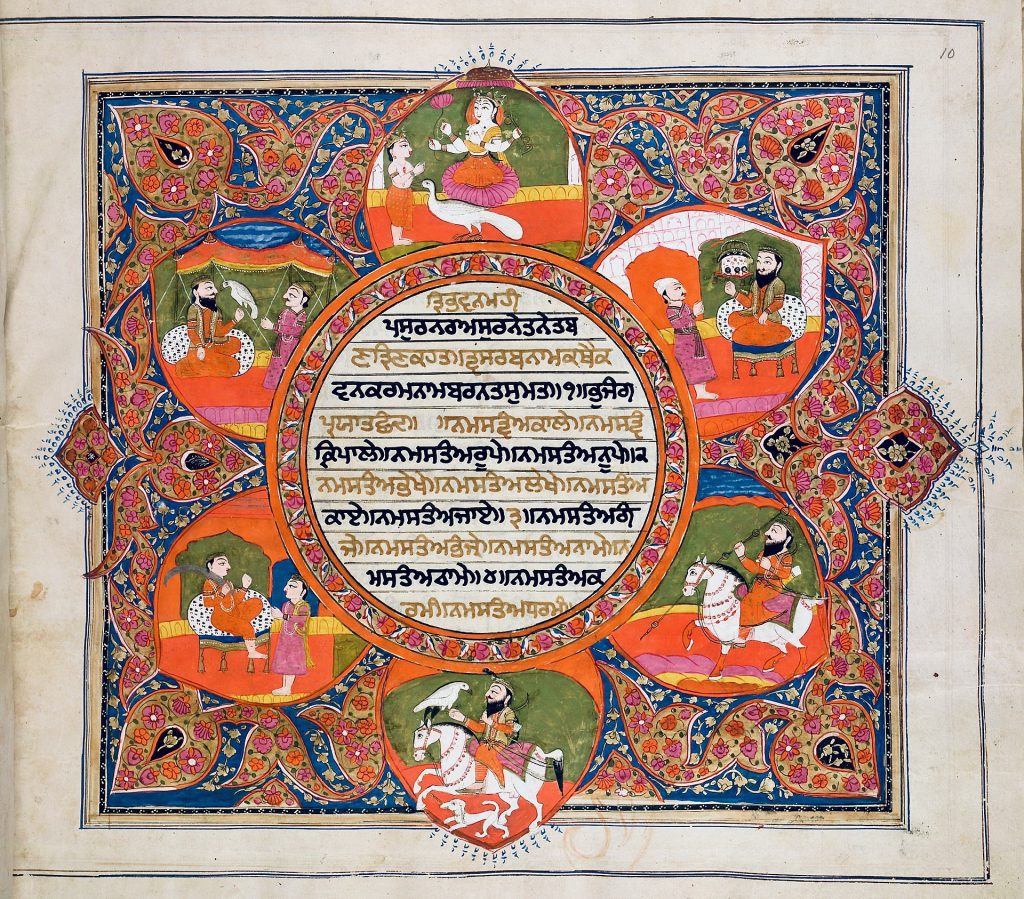Discover Ferozepur, an ancient city with deep historical roots. Visit monuments like the Shaheed Bhagat Singh Memorial and Saragarhi Gurudwara.
Explore Fatehgarh Sahib, rich in history and culture, named after Sahibzada Fateh Singh. Discover its vibrant economy and iconic towns like Mandi Gobindgarh.
Explore Faridkot's rich history from its 13th-century origins to Indus Valley links. Uncover the legend of Baba Farid and the district's ancient roots.
FATEHGARH SAHIB, GURDWARA, 5 km north of Sirhind (30°37`N, 76°23`E), marks the site of the execution of the two younger sons of Guru Gobind Singh at the behest of Wazir Khan of Kunjpura, the faujdar of Sirhind. As Guru Gobind Singh evacuated Anandpur on the night of 5-6 December 1705, he was closely pursued by the host. In front ran the Sarsa swollen with rain water. Under cover of a quick rearguard action fought on the banks of the stream, he succeeded in crossing it, but the members of his family got scattered in the tumult.
FATEHNAMAH, by Bhai Dyal Singh, is a versified account of the victory (fateh, in Persian) of the Sikhs in the battle fought on Sunday, 22 Baisakh 1854 Bk/30 April 1797, against Shah Zaman`s forces led by one of his generals Ahmad Khan, also called Shahanchi Khan, in which the latter got killed and his forces fled the field. Nothing is known about the poet who, judging from his diction, belonged to the western parts of the Punjab. The poet showers special praise on the Sikh warrior.
FATEH KAUR (d. 1773), popularly known as Mai Fatto, was the wife of Baba Ala Singh, founder of the Patiala family. She was the eldest daughter of Chaudhari Khana, a zamindar of Kaleke, in present day Sangrur district of the Punjab. It is said that at her birth her parents, disappointed at having a female child, put her in an earthen vessel and buried her alive. A holy man, Dyal Das, in the line of Bhai Bhagatu, happening to pass along and, seeing the mother in tears, enquired the cause of her grief.
FAZALDAD KHAN CHIB (d. 1864), son of Raja Umar Khan Chib, was recipient of a pension of rupees four thousand from Maharaja Ranjit Singh which was originally granted to his elder brother Amir Khan as compensation for the confiscated territory of his father. Fazaldad Khan was taken into service by Prince Kharak Singh to whom the area of Khari Kariali, the territory which had belonged to Fazaldad Khan`s ancestors, was given in jagir. Ten years later some sovars or horsemen were also allowed him. Fazaldad Khan accompanied Sher Singh Atarivala to Multan in 1848, but did not join the rebellion. He died in 1864.
FATEH KHAN (d. 1818), son of Painda Khan, the Barakzai chief, who overthrew Shah Zaman, the king of Afghanistan (1793-1800), and placed his half-brother Shah Mahmud on the throne of Afghanistan, himself becoming prime minister. Shah Mahmud was dethroned in 1803 and was succeeded by Shah Shuja`. Fateh Khan expelled Shah Shuja` in 1809 and restored Shah Mahmud to sovereignty. Shah Shuja` fell into the hands of`Ata Muhammad Khan. the governor of Kashmir. As Kashmir was the richest province of the kingdom of Afghanistan, Fateh Khan turned his attention towards `Ata Muhammad Khan.
FERINGHEE is an adaptation of the Indo Persian term frangi or firingi used to denote a person of European origin. It is dervied from Frank, "a member of a group of ancient Germanic peoples dwelling in the regions of the Rhine, one division of whom, the Salians, conquered Gaul [modern France so named after them] about AD 500." Turks were the first Asian people to come in contact with Franks whom they called frangi, a name applied to all Europeans. Europeans who came to India following the arrival in 1498 at Calicut of Vasco de Gama, a Portuguese explorer, were also called Feringhees.
FATEH KHAN TIWANA (d. 1848) was the son of Khuda Yar Khan, a jagirdar in the neighbourhood of Dera Ismail Khan. The Sikh general, Hari Singh Nalva appointed him to take charge of Mittha Tiwana, country in the upper regions of the Sindh Sagar Doab. On being implicated in the assassination of Raja Dhian Singh in September 1843,Fateh Khan fled to Dera Ismail Khan and raised the standard of revolt. When in 1844 Diwan Lakkhi Mall was sent from Lahore to punish him, Fateh Khan took shelter in the fort of Tonk, but was forced to flee. He remained in hiding in the trans Indus territory.




